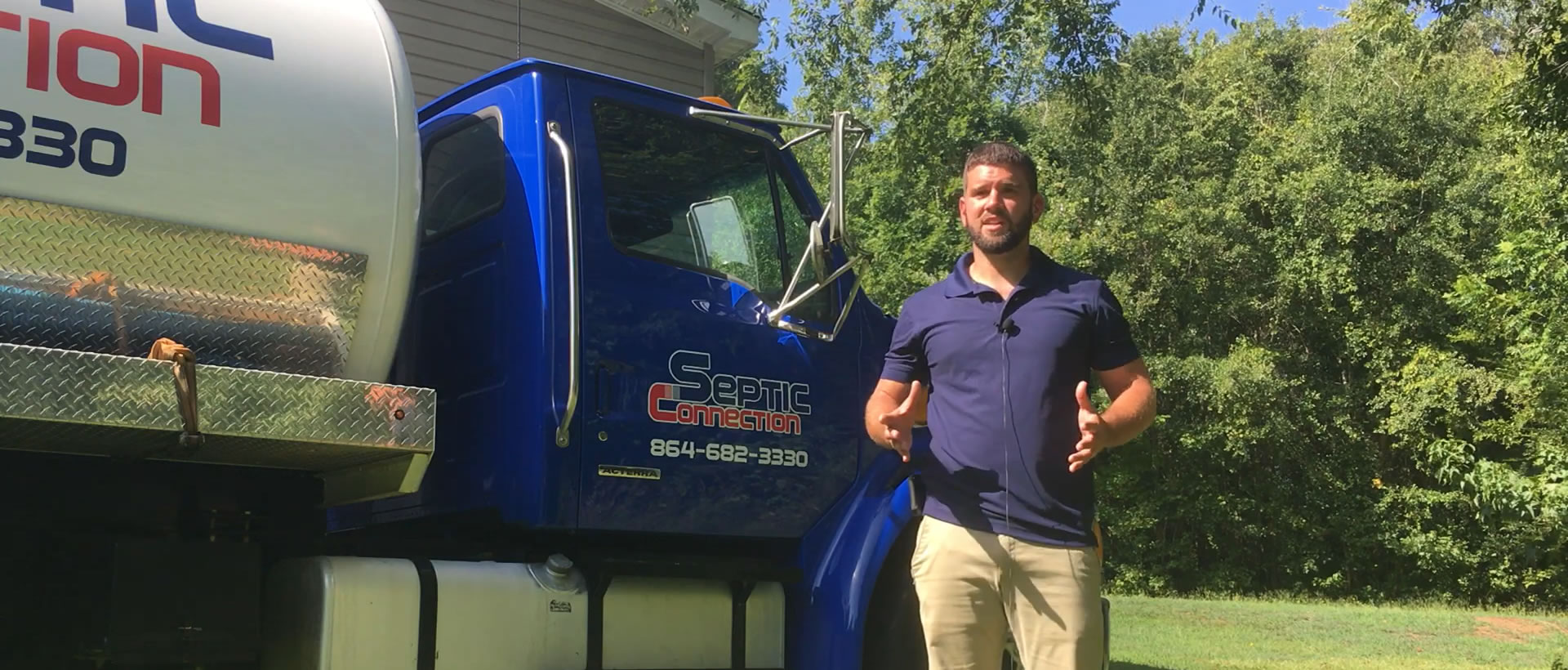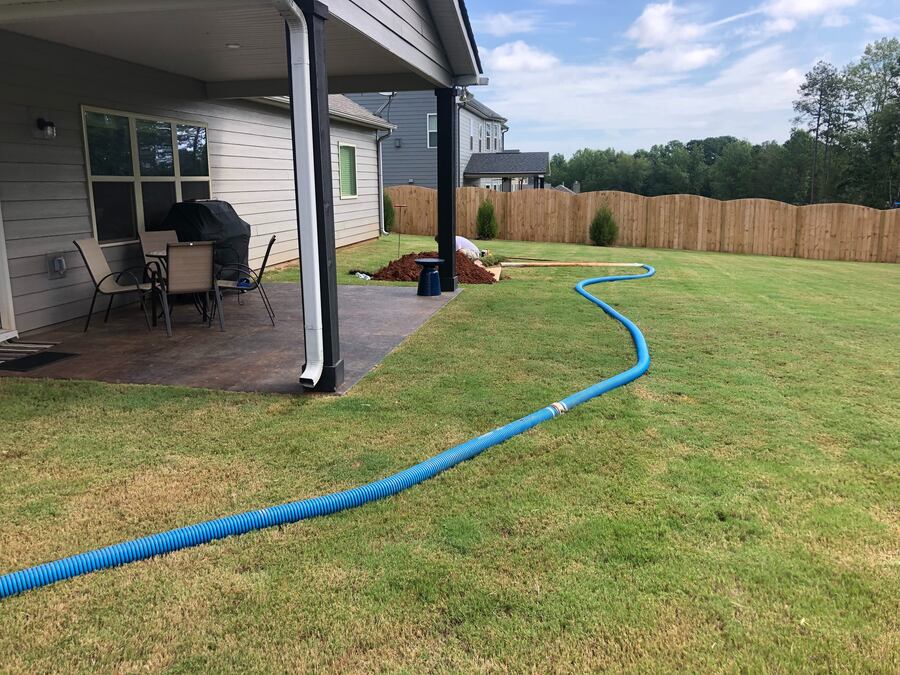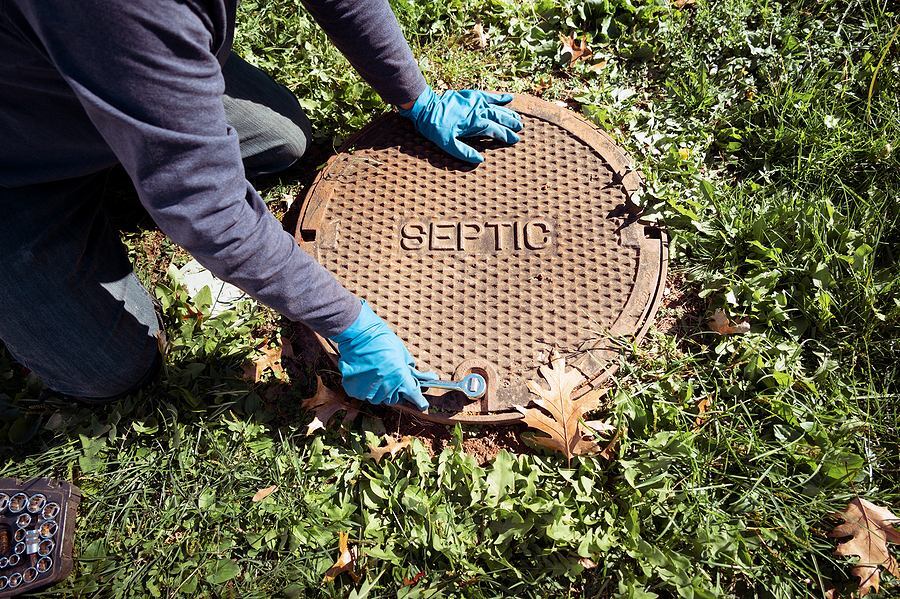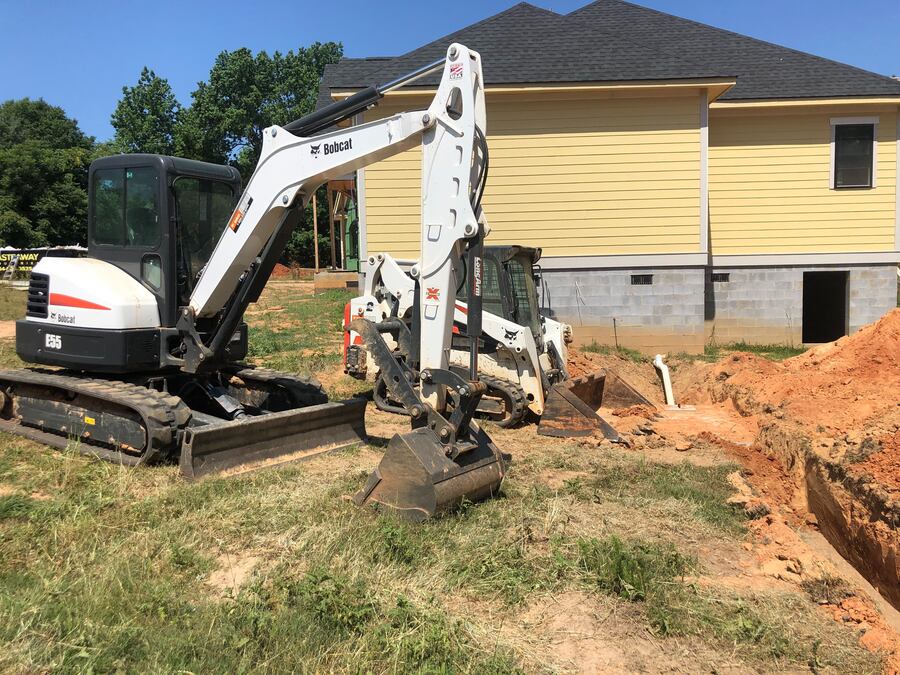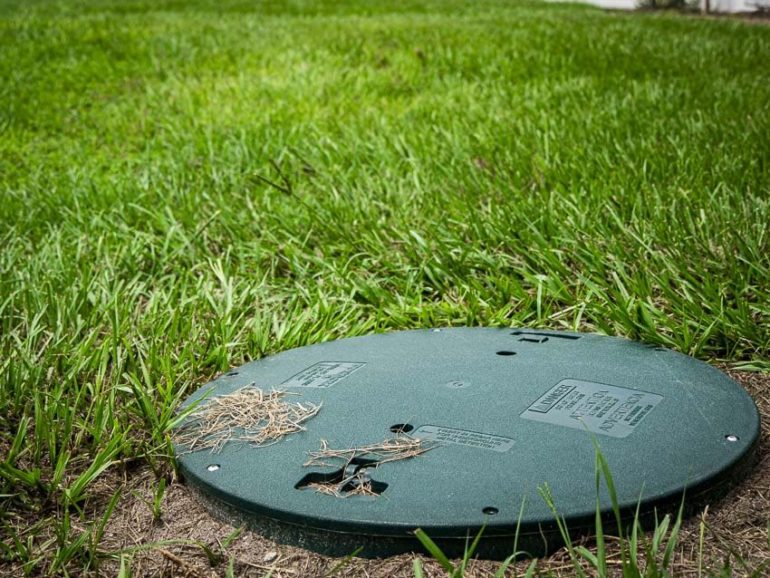
Landscaping Over Septic Drain Fields
As a homeowner, landscaping is vital to enhance curb appeal and increase the overall property value. While there are many benefits to having the most spectacular and lushest front yard in the neighborhood, you unknowingly risk your septic system. Landscaping usually affects the drain field, hence the need to schedule routine inspections with a reputable septic company. Septic Connection uses innovative equipment and expertise to assess, detect, diagnose, and address minor issues before things get out of hand.
If you suspect a problem with your septic system, particularly the drainfield, chances are your landscaping is part of the problem. The most effective way to mitigate septic damages is by scheduling regular maintenance checkups with a professional. We offer quality septic tank pumping and repairs, ensuring your system is in tiptop condition year. This allows us to share critical details on how landscaping and other yard projects can damage your drain field.
Why Drain Fields Are Easily Damaged
A septic system comprises a drain field a few inches below the soil, which is often the case with mound systems. These conventional waste management units function optimally when roots, shrubs, and other growth do not hamper the wastewater flow from the tank to the drain field. We recommend planting only grass around the septic tank and drain field, reducing the risk of damage.
Plants that don’t require a lot of water and have a simple root system are a safe addition to your landscape. However, cultivation or digging should be done by hand, especially near the drain field. Avoid invasive activities in the backyard, like deep shoveling or using a rototiller. Although the damage may not be instant, you risk severe damage and costly repairs in the long run.
Inorganic Threats to a Drain Field
As mentioned, tree roots, shrubbery, and digging aren’t the only causes of drain field damage. Regular use of heavy items can compromise the function and efficiency of your system. Even if the ground above your drain field appears stable, you shouldn’t drive over it or park your vehicle. Clear heavy items like rock gardens, grills, outdoor fireplaces, or building structures near your septic system. This protects your unit from damage and provides easy access during septic tank pumping and maintenance.
Signs You Need Drain Field Maintenance
The primary function of a drain field is to receive "clear" effluent from the tank for processing before it is released to the adjacent soil. Signs your drain field is not running as expected include soggy patches near the drain field, sunken ground in your yard, greener grass near the septic system, and slow drains throughout the house. If you notice any of these signs, contact a professional septic company as soon as possible.
Our septic technicians leverage industry-standard equipment and proven techniques to improve the quality of service. Contact us at Septic Connection and schedule a consultation with our team of experts. If you are experiencing drain field issues, we can provide long-term solutions and design a maintenance plan specific to your septic system.
 How it works
How it works
